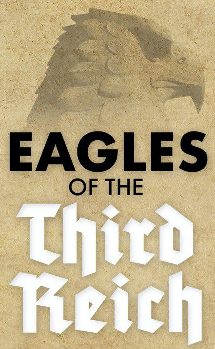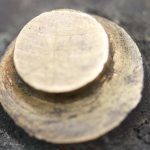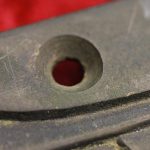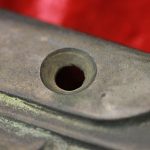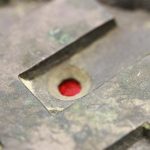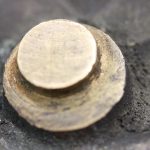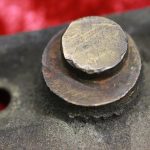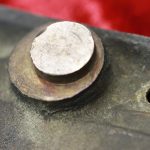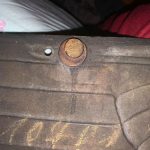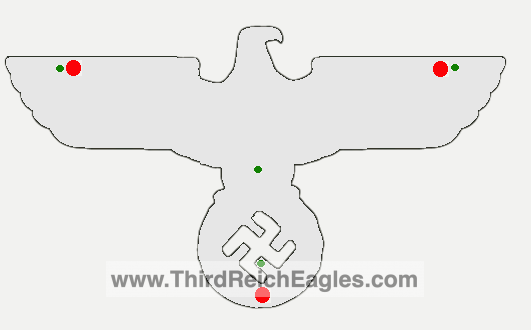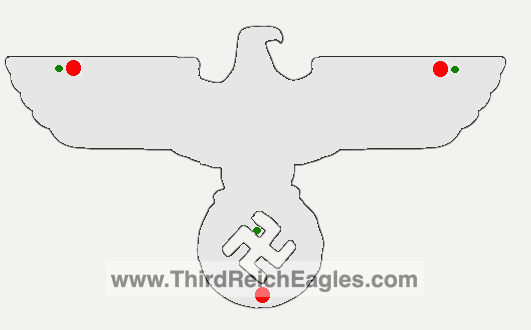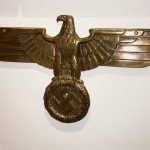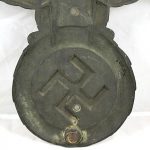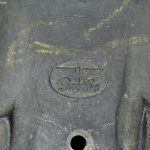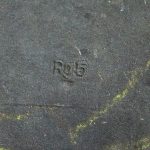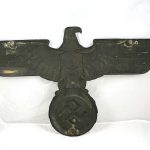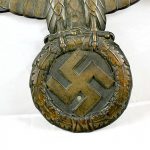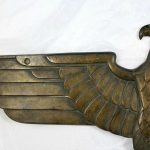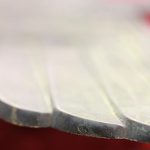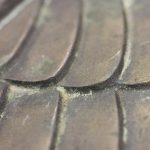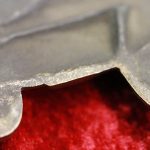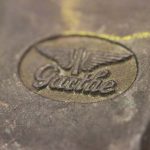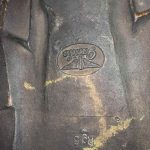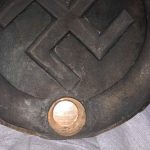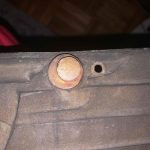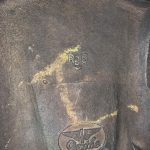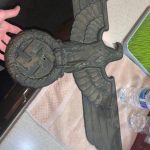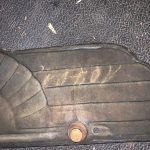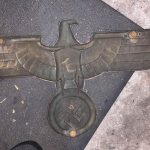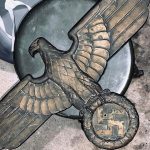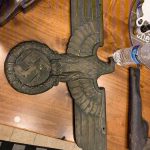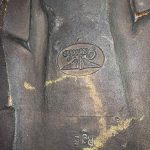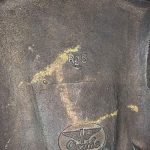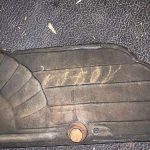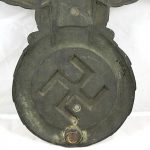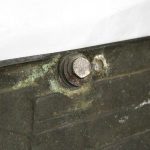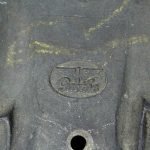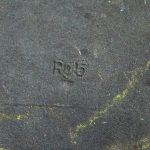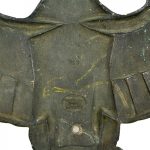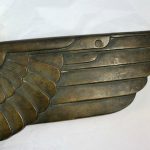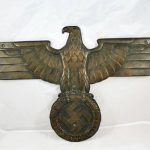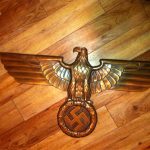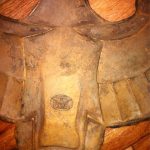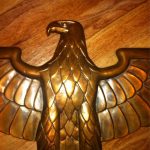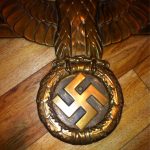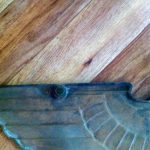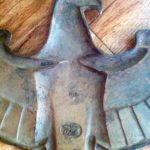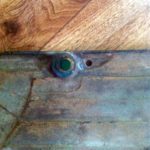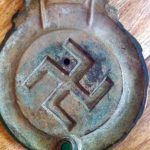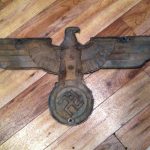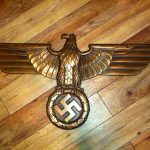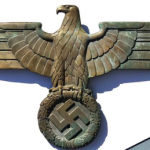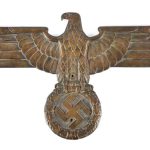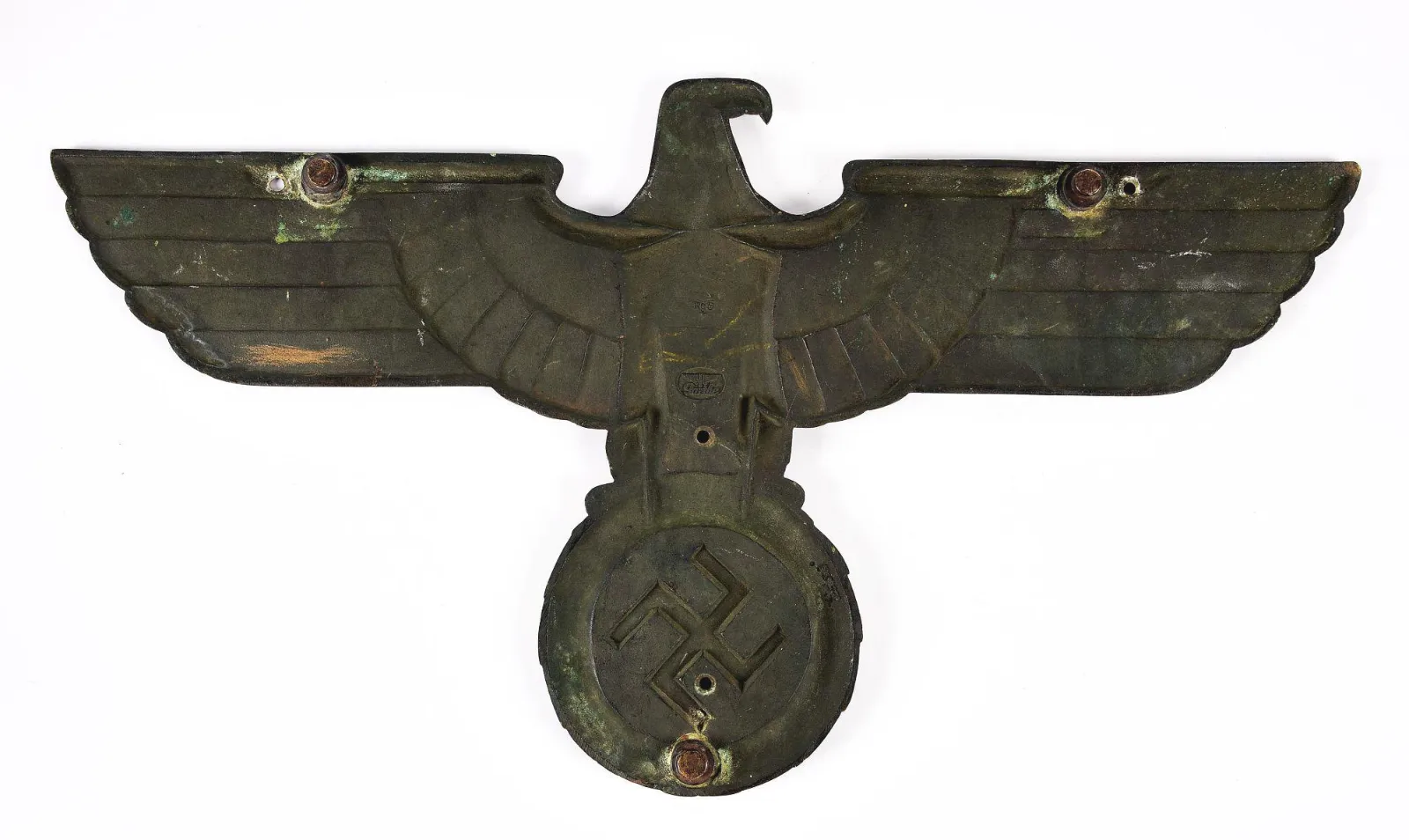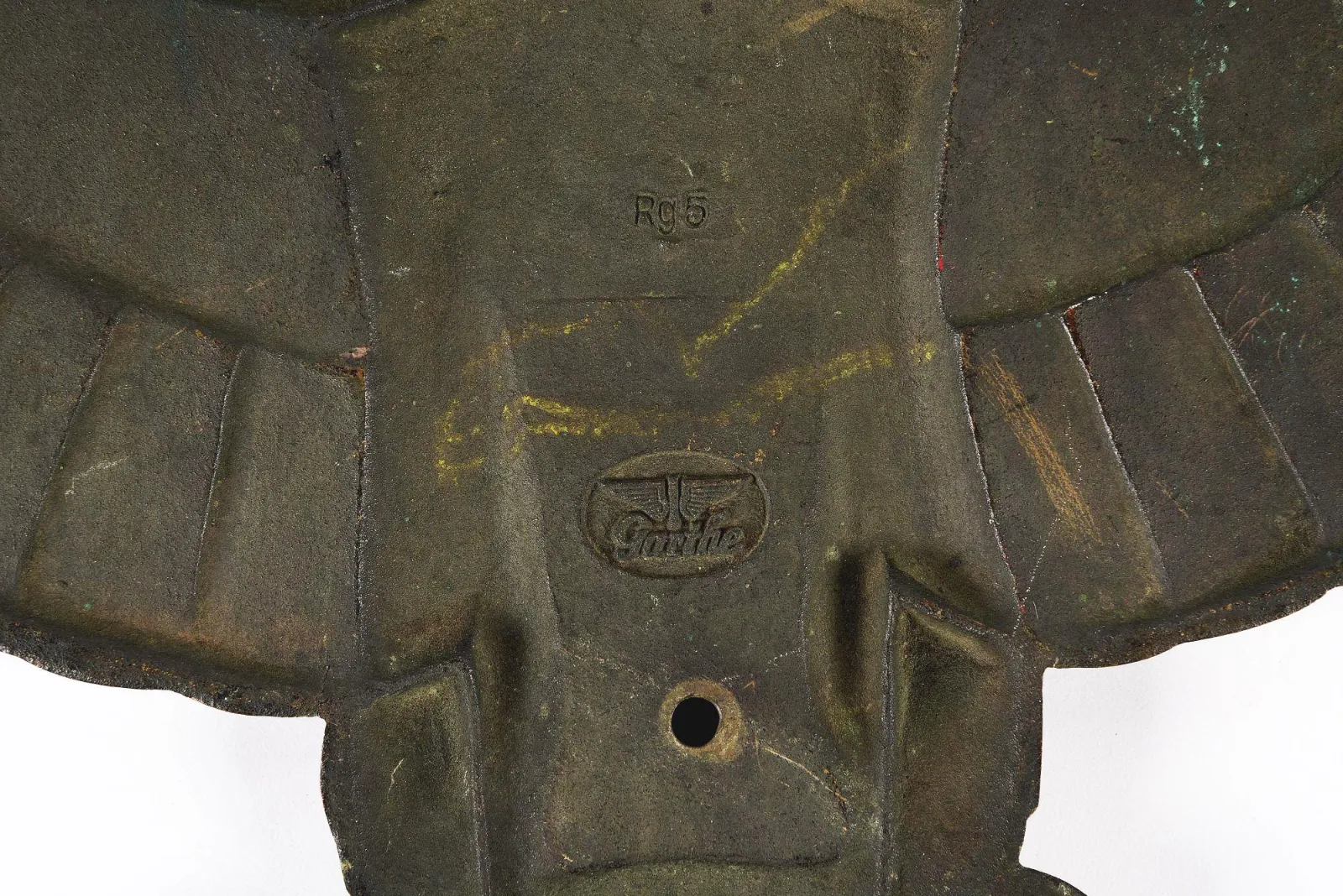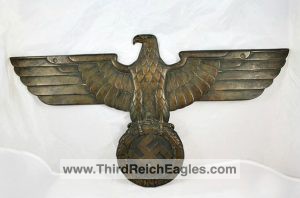
Availability: Very Rare (rumoured only 6 produced)
The “bronze” version of the Reichsbahn eagle was reportedly produced for the Rheingold luxury express train (although this is unconfirmed) by Garthe. Interestingly there are no period pictures and limited documentation available regarding their use. As such there is much speculation and many unanswered questions. The only known documentation of the eagle’s existence is in a document by Herr Kruchen, a Reichsbahnrat in an article from 1938: “Das Hoheitszeichen des Dritten Reiches bei der Deutschen Reichsbahn”. In this article it is stated:
Rheingoldwagen in Bronzeausführung (Rheingold-cars in bronze). They are manufactured according the Rotgusslegierung Rg 5. This article was published in the official DRB-magazine: Die Reichsbahn, Amtliches Nachrichtenblatt der Deutschen Reichsbahn and Reichsautobahnen,
the issue from May 8, 1938: pages 521-523. (from “Third Reich Reichsbahn Eagles” by Wilhelm Saris). The eagles were ordered from Garthe in 1938 and the Rheingold was stopped in 1939. This aligns to the date the private train was nationalized and the beginning of the war. Due to the short duration between the two it is possible the eagles were never used the train.
There have been many discussions and rumours including:
- They were designed to be hung in offices – explaining the mounting studs being ground to be flush and the same counter-bored screw holes in the same exact locations (in 4 of 5 known).
- They were attached to a few railroad bridge structures across Germany during the Reich era.
- They were used on the barges that were set into place to do repairs on bridges that spanned waterways – and the reason that bronze was used, was that it was more resistant to the deterioration caused by water vapors above the river.
Although their exist many explanations the most likely is the Rheingold Express usage.
The Garthe bronze eagle has one set of markers on them. The makers mark is located on the body (from the back).
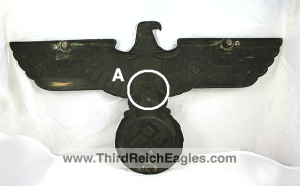
A- Body Marking
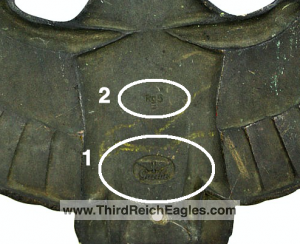
1 – Makers Mark – Garthe. In the center of the reverse, cast into the bird, is an ellipse circle. Raised out is a winged railway wheel, that is positioned over what is the name of the maker, “Garthe”.
2 – Material: Rg5 – Rotguss (legierung) – 85% Copper, 5% Tin, 7% Zinc, 4% Lead, 0,8% Sulphur (The composition of the material used to make the eagle). This is located above this maker’s logo.
Known sizes
The following sizes are known:
Studs (Refer to the bolts for more details)
The bronze versions have had the studs professionally shortened. The studs were measured and cut back, enough to be exactly the same height to allow the bird to stand off equally from the mounting surface. This helps explain the “brightness” of the ends of the studs when compared to the rest of the inner surface of the eagle. The darker “oxidation” created by the actual casting would not be present on a machined area done after the cast.
Additionally there are professionally drilled holes in the eagle that are countersunk. It is not known if these were done post or pre-war and if they were needed for mounting.
- 3 holes – the wings next to the studs, and the upper part of the wreath between the legs of the swastika.
- 4 holes – the wings next to the studs, and the lower part of the wreath between the legs of the swastika plus an additional hole between the eagles legs.
All known examples have the holes drilled in them and the studs cut back.
The following sizes had 3 Bolts:
Note: The green dots identify the drill holes – There were two styles – 3 holes and 4 holes.
Points of note:
- No period photos exist of this eagle and it is believed only 6 were produced in total.
- The eagle is primarily bronze and far heavier (> 8lbs) than the Aluminum equivalent.
- The weight of the Bronze version of this eagle is approximately 4.88-4.9Kgs
- The details throughout the bird’s head, wing feathering, breast feathering, and talons is exceptional.
- They come in one size – 720mm (28.5″)
- No RZM or BER/BERL designation is included on these eagles.
- Garthe is the only known producer of Bronze railway eagles.
Pictures:
Reproductions:
No known reproductions exist. There are several “bronze” casts of existing Aluminum eagles but these are easily identified as reproductions.
Rheingold Express:
The ‘Rheingold Express’ was a famous long distance passenger express train in Germany. It was named after the opera ‘Das Rheingold’ by Richard Wagner. This opera romantically centered on the Rhine River. The service operated from May 1928 until May 1987. Operation was halted in 1939, due to the outbreak of WW II and was resumed again in 1951.
From 1928 until 1939, this train was known as the ‘Rheingold’. In 1931, the name ‘Rheingold’ was actually printed on the coaches and the locomotive tender, whereby the DRG logo remained. In 1951, the train was re-named ‘Rheingold Express’, but the word ‘Express’ was dropped in 1954, thus back to just ‘Rheingold’. From 1965 until the discontinuation in 1987, the ‘Rheingold Express’ was re-designated a First Class only TEE (Trans Europe Express) train, now called ‘TEE Rheingold’.
